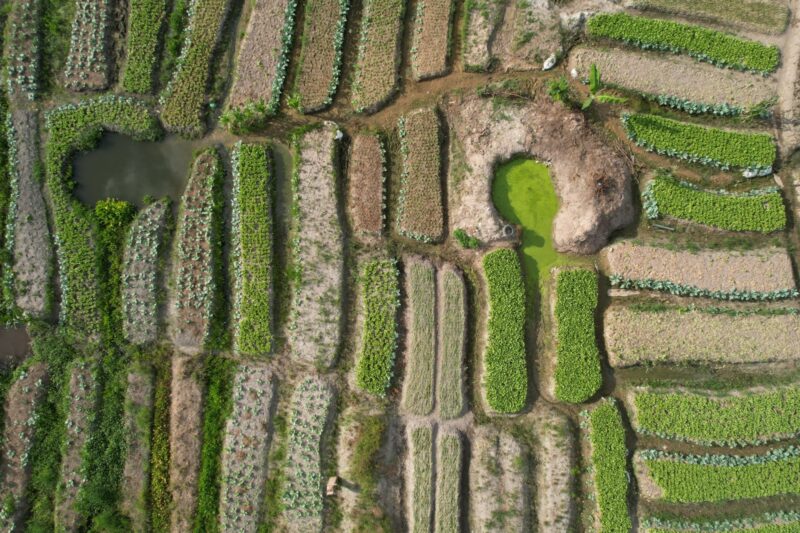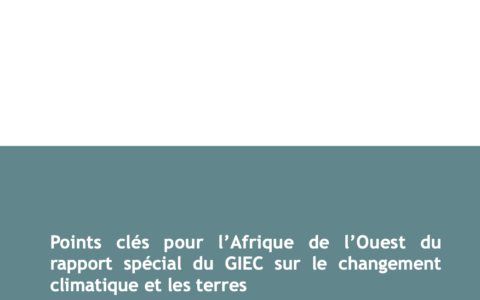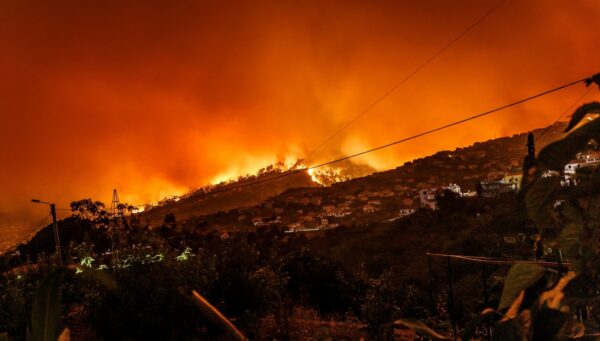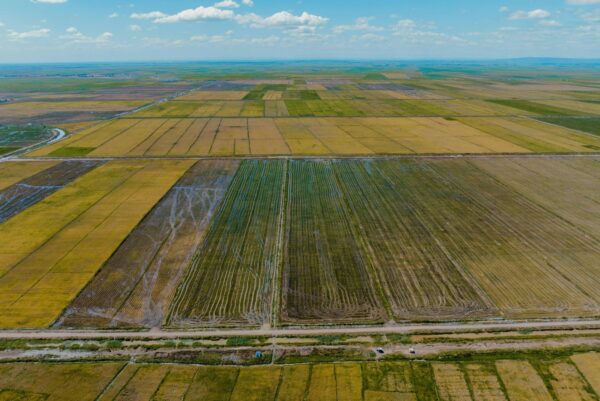Key points for West Africa from the IPCC Special Report on Climate Change and Land
Authors
Adama Faye, Quentin Lejeune, Mouhamadou Bamba Sylla, Oblé Neya, Emily Theokritoff, Sarah D'haen
Share

This summary of the key messages for West Africa from the Intergovernmental Panel on Climate Change's (IPCC) Special Report on Climate Change and Land (SRCCL) was produced in the context of Climate Analytics' IMPACT project.
An international scientific workshop was held from 27 to 28 May 2019 at the WASCAL Competence Centre in Ouagadougou, Burkina Faso, as part of the IMPACT project. The workshop was organized by Climate Analytics and WASCAL in collaboration with the regional partner institutions, ECOWAS (Economic Community of West African States), CILSS/AGHRYMET (Interstate Committee for Drought Control in the Sahel/Regional Agro-Hydro-Meteorological Centre) and UEMOA (West African Economic and Monetary Union), under the aegis of the Ministry of Environment, Green Economy and Climate Change, the Permanent Secretariat of the National Council for Sustainable Development of Burkina Faso. The workshop focused on West Africa's engagement in the IPCC.
This summary responds to a direct outcome of the workshop, namely the wish expressed by participants to have a complete overview of the main messages and paragraphs relevant for the West African region in this IPCC report, and is intended to be a scientific reference for the different stakeholders in the region.
Executive Summary
The risks associated with the impacts of climate change on human activities and terrestrial ecosystems increase as global average temperatures rise. This is reflected in an increase in the frequency and intensity of heat waves in most parts of the world, and droughts in most African countries. Climate change has also amplified the extent and intensity of desertification in some drylands in recent decades, as well as land degradation and food security at the global level. In tropical latitudes, rising temperatures affect agricultural productivity by reducing the yields of some crops. These risks related to desertification, land degradation and food security are expected to continue to increase as global warming persists.
Agriculture, forestry and other land uses (AFOLU) remain a significant net source of greenhouse gas (GHG) emissions, contributing to about 22% of anthropogenic emissions of carbon dioxide (CO2), methane (CH4) and nitrous oxide (N2O) combined in CO2 equivalents between 2007 and 2016. Land degradation leads to a reduction in carbon storage rates by terrestrial ecosystems.
Many land-use measures that contribute to adaptation to climate change and the reduction of GHG emissions can also contribute to combating desertification and land degradation, as well as to improving food security. Some measures, such as reforestation and bioenergy development, are mitigation options that require land conversion. If they were implemented on a large scale, this could lead to short-term carbon losses and increases in land use competition, with negative consequences for food security, desertification, land degradation and adaptation. Sustainable land management (SLM), including forest land, is an adaptation option that can prevent and reduce land degradation, maintain land productivity and sometimes reverse the adverse effects of climate change. Investments in SLM, land rehabilitation and dryland rehabilitation have a positive economic impact.
Even with the implementation of SLM, the limits of adaptation, compared to the combined effects of climate change, land degradation and desertification, can be reached in some situations. Land productivity losses may, for example, be the result of irreversible forms of desertification. Better soil management can offset 5 to 20% of current global anthropogenic GHG emissions. Recommended measures to facilitate the implementation of practices that avoid, reduce or reverse land degradation include land rehabilitation, tax incentives, payment for ecosystem services, integrated landscape planning, farmer networks and rural advisory services.
Reducing GHG emissions quickly and ambitiously in all sectors would reduce the impacts of climate change on terrestrial ecosystems and the associated costs, the dependence on the deployment of mitigation measures requiring land conversion to achieve climate objectives (as well as associated negative impacts on food security, desertification, land degradation and adaptation that such conversion would entail), and would increase the prospects for sustainable development.












